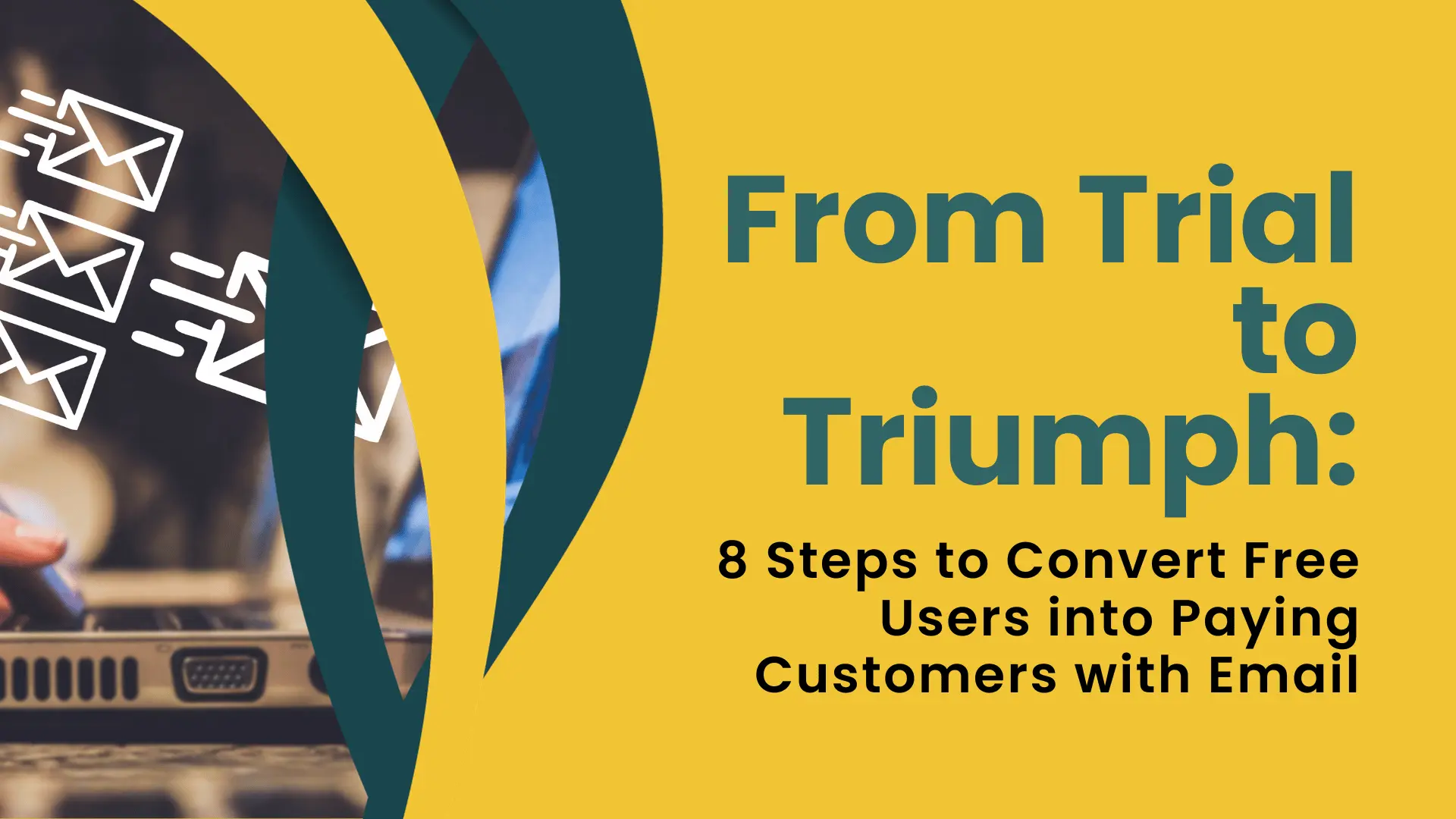Convert Free Users to Paying Customers: 8 Proven Email Strategies
 Published by Bulk Mail Verifier
Published by Bulk Mail Verifier
Introduction
Transforming free trial users into paying customers is a crucial step for any business utilizing email marketing. This guide outlines eight effective strategies to enhance your conversion rates. Remember, these techniques are tools to help you achieve your overarching goal: ensuring that your product's perceived value remains higher than its cost and any friction users experience during the trial.
1. Optimize Your Trial Client Journey for Conversions
To effectively convert free users, it's essential to optimize their journey. Here are some key steps:
Pre-Signup Considerations:
- Ensure each step tells a consistent story and aids the user in achieving desired outcomes.
- Simplify form fields and remove unnecessary distractions.
- Build credibility through social proof and testimonials.
Post-Signup Actions:
- Provide a streamlined workflow for the first-run experience.
- Use guided demos and product tours to facilitate quick wins.
- Implement email campaigns to assist users in navigating the product.
2. Communicate Expectations Clearly Throughout the Trial
Clear communication is vital during the trial period. Address the following areas:
- Duration: Specify the trial length clearly.
- Features: Highlight essential features to lead users to their "AHA" moment.
- Pricing: Clarify pricing structures and post-trial charges.
- Migration and Cancellation: Explain data migration options and cancellation processes.
3. Simplify Upgrading and Downgrading
Reduce friction by making it easy for users to upgrade or downgrade:
- Avoid requiring users to re-enter information.
- Simplify the process of contacting support for account changes.
4. Use Chatbots or Sales Tools to Handle Objections
Address common user objections proactively:
- Send automated messages to users lingering on pricing pages.
- Use email marketing to clarify doubts and enhance conversion rates.
5. Remind Users to Upgrade Before the Trial Ends
Don't wait until the trial ends to prompt users to upgrade:
- Use in-app notifications and emails to remind users of the benefits of upgrading.
- Set up alerts for when the trial is nearing its end.
6. Utilize Checklists to Encourage Continued Use
Checklists can make your product more engaging:
- Encourage users to complete tasks and achieve short-term wins.
- Leverage psychological incentives to motivate continued use.
7. Track Product Usage and Trigger Activity-Based Alerts
Monitor user activity to guide them through the trial:
- Use tools like Pendo or Mixpanel to track user actions.
- Send emails based on activity triggers to encourage further engagement.
8. Personalize Communications at Each Stage of the Trial
Create customized messaging for different stages of the trial:
- Tailor communication for users who haven’t activated the trial, those currently in the trial, and those who haven’t converted.
Conclusion
By implementing these strategies, you can significantly increase your conversion rates from free trials to paid subscriptions. Remember to incorporate email validation services like those offered by BulkMailVerifier.com to ensure your emails reach the right audience effectively. Enhance your email marketing efforts today and turn trial users into loyal customers.